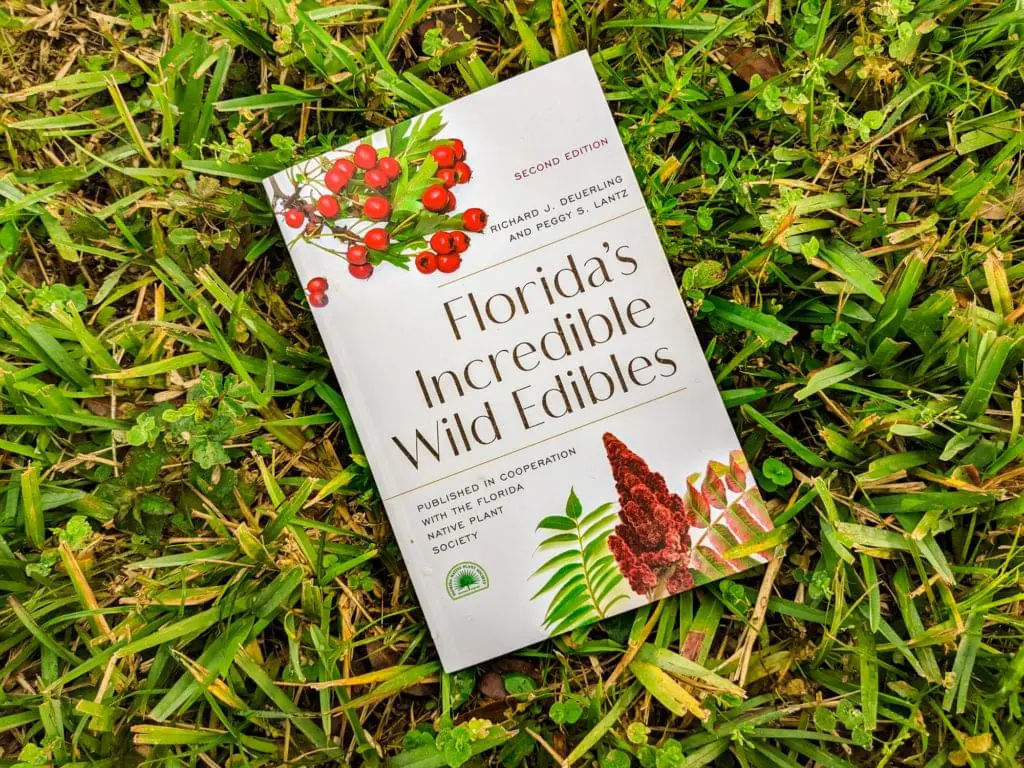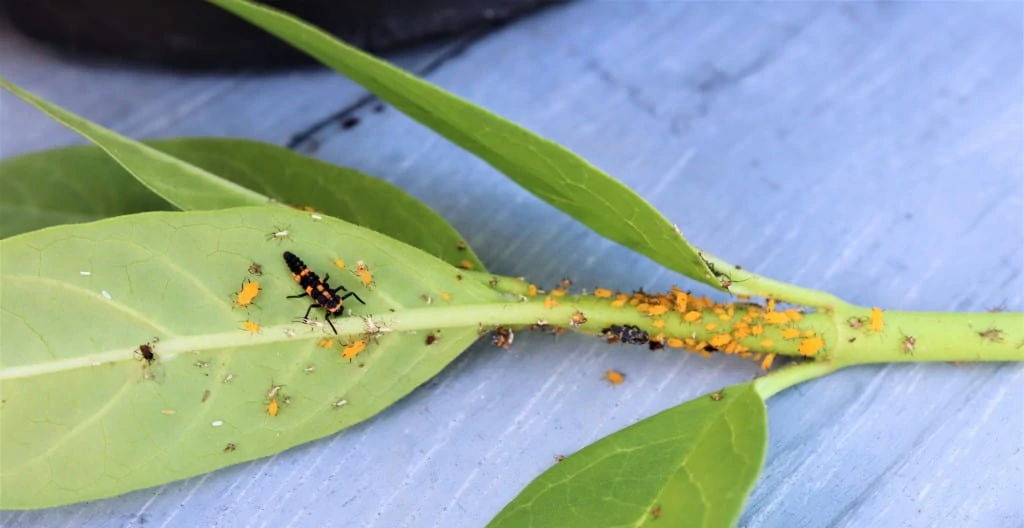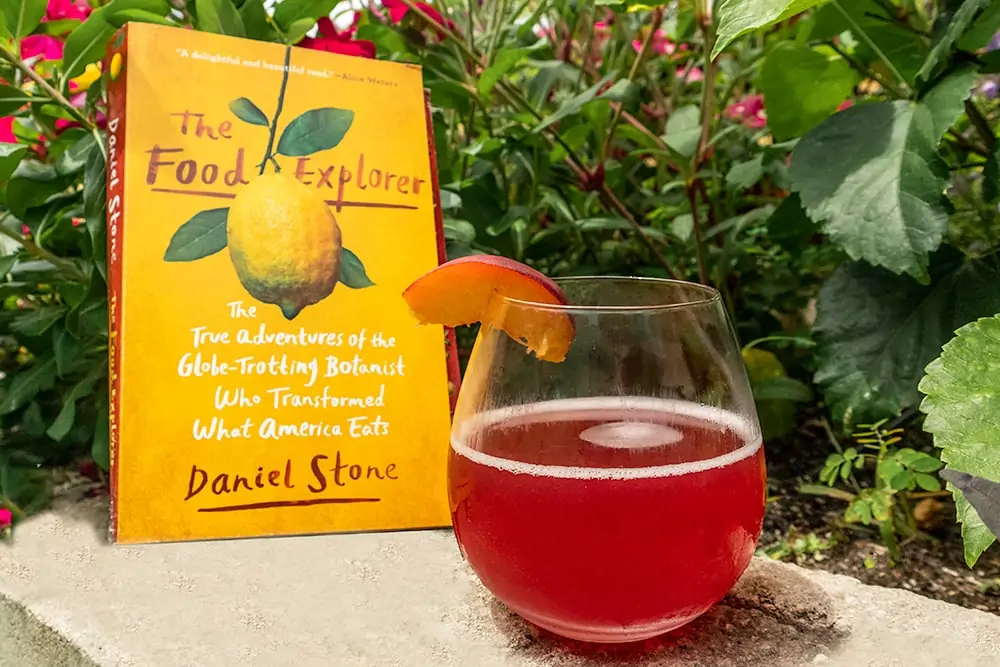by Amanda Rose Newton
If you are struggling to come up with a clever gift for a gardening friend or family member, nothing beats a brand new reference book or a page-turning historical account of our complicated relationship with the plant world.

The holiday season brings stress along with joy, so remember to treat yourself kindly this holiday season.
Take time to admire the seasonal change (as small as it may be in Florida) and soak up fleeting quiet moments with a good read. Not only will you feel more relaxed, but your brain will also be ‘plant trivia night’ ready (that really is a thing) and you will know your gifted book will be well-received.
Here are our recommendations for the perfect volumes and novels your loved ones are sure to cherish, broken into several categories to aid in finding the perfect gift.
Garden Guides
Novice or professional, a good garden guide on a subject of interest can be just the right motivation to get out into the yard this spring.
Florida’s Best Native Landscape Plants: 200 Readily Available Species for Homeowners and Professionals by Gil Nelson
A little dated but still relevant, this guide features full-color photos for each species as well as beautiful illustrations. Details on where to plant, growth habits, seed, fruit, and flower color. If you are new to native plants, this is a great way to review options for your yard knowing that you can easily find each at a nursery within the region.
Plant pairings are also suggested, helping create the perfect wildlife-enhancing landscape.
Plant Identification Terminology: An Illustrated Glossary by James G. Harris and Melinda Woolf Harris
An old classic, this book offers illustrations to match the gardening jargon you are hit with when perusing field guides. This is a quick and dirty way to learn the vocabulary associated with plant parts, groups, and even specific growth habits of plants. A must for anyone considering taking a plant-identification or botany course
*Another great gift idea: Eastern Florida State College offers both Plant Identification (ORHC 1510) and Botany (BOTC 1010) courses this coming Spring 2022 semester.
Florida’s Incredible Wild Edibles by Richard J. Deurling and Peggy S. Lantz
For gardeners and nature enthusiasts alike, this book discusses native plants indigenous to our beautiful state that you can eat!
From leaves to roots to flowers to stems, learn what plants you see outdoors are edible and which to avoid. It also includes tips on harvesting and growing plants for enjoyment year-round.
Gaia’s Garden: A Guide to Home-Scale Permaculture by Toby Hemenway
If you have been interested in permaculture and are a bit intimidated by the scale of it (and the huge volumes that go along with it) this is a well-loved guide to practicing principles on a smaller scale.
Great design inspo, plans, and a deep account of the important ecosystem connection make this a must for any homeowner trying to create a piece of sustainability.
Totally Crazy Easy Florida Gardening: The Secret to Growing Piles of Food in the Sunshine State by David the Good
Fun and easy to read, this guide is relevant to all Florida gardeners trying to grow vegetables, fruits, and even ornamental plants. By planting in the right place, using fewer chemical inputs, and following tips along the way, this guide will help anyone with a black thumb get the most from their Florida garden.
Bug Books
Knowing your friends and foes in the garden is essential, and these guide books serve as tools to make identification easy on you.

Peterson Field Guide to Moths of Southeastern North America by Seabrooke Leckie and David Beadle
While there are plenty of butterfly resources out there, there are surprisingly few concise guides to their nocturnal counterpart. Moths easily outnumber butterflies, yet our knowledge base pales in comparison. Moths tend to be more of a garden foe, and are the stinging members of the lepidopteran clan, so knowing ‘who is who’ is certainly important to anyone who loves the outdoors!
The Vegetable Garden Pest Handbook: Identify and Solve Common Pest Problems on Edible Plants by Susan Mulvhill
This guidebook features beautiful photos and explanations of the life cycles of pests that plague your veggie beds. Understanding which stage of life is likely to be the culprit helps create a plan for natural pest management, saving you time and money!
Central Florida Butterflies and Their Host Plants by Sharon R. LaPlante
While there are dozens of great butterfly guides, few give direct information on what is needed to invite species to thrive in your landscape. All butterfly babies (caterpillars) require a specific food source, which varies by species. Knowing what to plant helps bring more of the jeweled-winged adults to your yard and might encourage you to be more forgiving to the black swallowtail caterpillars who devour all your dill and parsley.
Beetles of Eastern North America by Arthur V. Evans.
Dr. Evans is not only an amazing human, entomologist, and writer, he also takes his own photos which makes this book a must for any bug-lover in your life! Many who have picked this one up have reported spending more time than they ever would have imagined hunting for beetles near the ground and under bright lights.
It also might make you rethink and appreciate some of the more obnoxious members of the beetle order, such as Japanese beetles and June bugs. They are scarabs, after all!
Nonfiction for Naturalists
If you are looking for factual information that reads like fiction, there are a few classics every gardener needs! If the selections below seem like your bookshelf of dreams, consider joining our own Boozy Botanical Bookclub, kicking off with a new season in 2022.

ANYTHING BY AMY STEWART!
Amy Stewart is a fan favorite among gardeners and coffee table book lovers alike. The books are so beautiful they do not require wrapping and are packed with trivia and fun facts about our favorite plants, bugs, and consumable plants.
Wicked Plants and Wicked Bugs
Both of these include detailed accounts of events in history caused by sinister plants (think poisons) or evil bugs (disease vectors). With beautiful illustrations, these will be re-read and definitely conversation starters when left on the coffee table.
The Drunken Botanist
This is a must for any cocktail drinker in your life! A full account of all the various plant materials that go into many of our favorite liquors, this book also includes recipes, historical accounts, and fun facts all around. Do yourself a favor and pick up one for yourself, too.
The Earth Moved: On the Remarkable Achievements of Earthworms
While it may not feature the ornate design of the before-mentioned books, this lesser-known Stewart classic sings the untold story of the humble earthworm. After you read this, you will have a newfound appreciation and respect for the contributions of this important annelid.
Mycelium Running: How Mushrooms Can Help Save the World by Paul Stamets
Paul has been everywhere recently, but Mycelium Running (now over a decade old! Ouch!) was a foundation to understanding the fungal world.
This book will show ways that mushrooms have been changing lives in medicine, nutrition, and even pest control while keeping a light and positive edge. This is a great read for anyone curious about the impact fungi has (and could have) on our daily lives.
The Food Explorer by David Stone
For those looking for a more regional perceptive, Stone tells the fascinating life of David Fairchild, who was solely responsible for bringing much of what we consume to the United States.
Apart from being amazed and shocked at how little of the food we eat is native to North America, it also introduces interesting characters, plot twists, and fun along the way.
Warning: You will want to visit Fairchild Botanical Garden in Miami after reading this!


